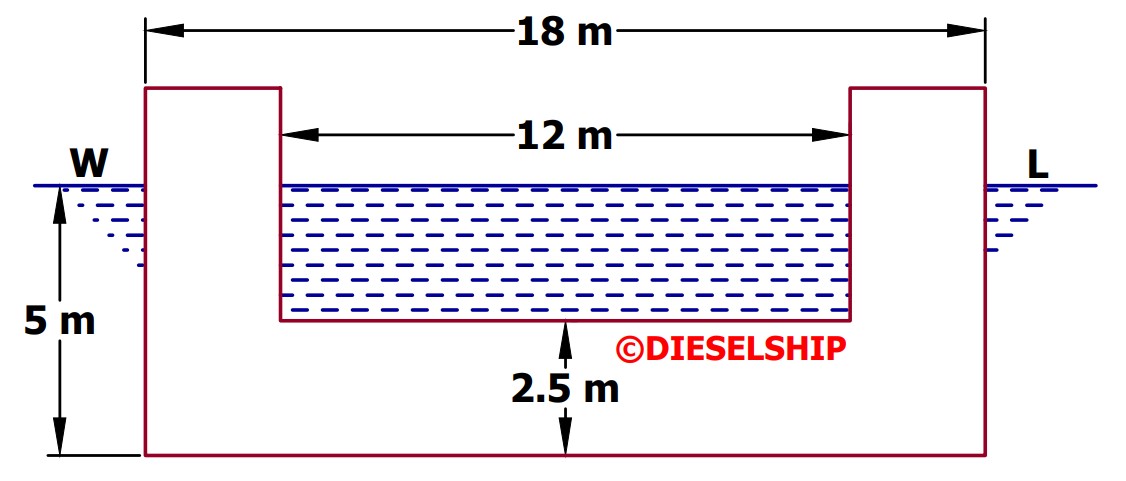Question Topic: Numerical Question
- 2011/JAN/10
- 2011/APR/10
- 2011/JUL/10
- 2012/JUL/10
- 2013/JUN/10
- 2013/AUG/10
- 2013/NOV/10
- 2014/JAN/10
- 2014/MAR/10
- 2015/MAR/10
- 2015/AUG/10
- 2016/APR/10
- 2017/JUL/09
- 2018/APR/10
- 2019/APR/09
- 2019/JUL/09
- 2019/NOV/09
- 2020/MAR/10
- 2020/OCT/06
- 2015/APR/10
- 2016/JUN/10
- 2016/FEB/10
- 2023/JAN/10
- 2023/JUN/10
- 2023/OCT/10
- 2024/JUN/09
- 2024/AUG/09
- 2024/NOV/10
Q6. (a) Explain what is meant by floodable length. B. (i) Construct a graph from the following information:
Mean draft (m)
3.0
3.5
4.0
4.5
TPC (tons)
8.0
8.5
9.2
10.0
(ii) From this graph find the TPC's at draft of 3.2m; and 4.3m; (iii) If the ship is floating at a mean draft of 4m, and then loads 50 tonnes of cargo, 10 tonnes of fresh water, and 25 tonnes of bunkers, whilst 45 tonnes of ballast are discharged, find the final mean draft.
Page 2 of 40

